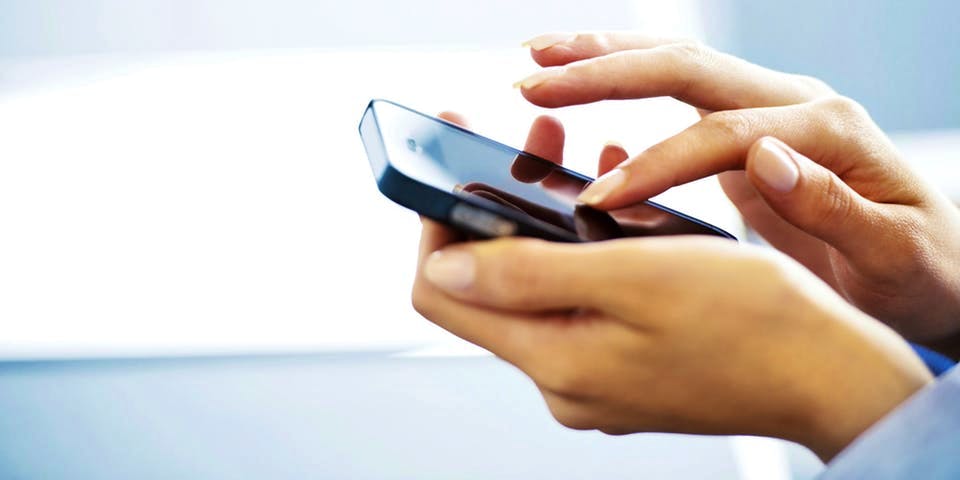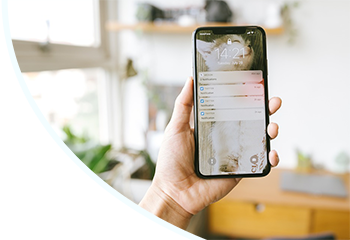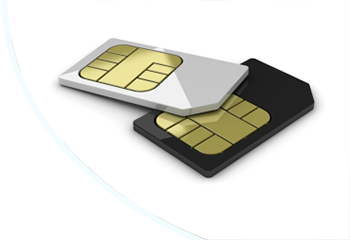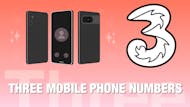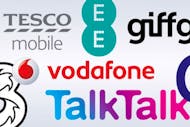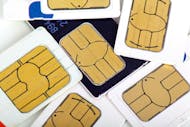Following on from 3G, the faster service of 4G has given phone, tablet and laptop users a faster way to stream, download and browse content online. It may not be as fast as 5G, but it currently has a much wider coverage in the nation.
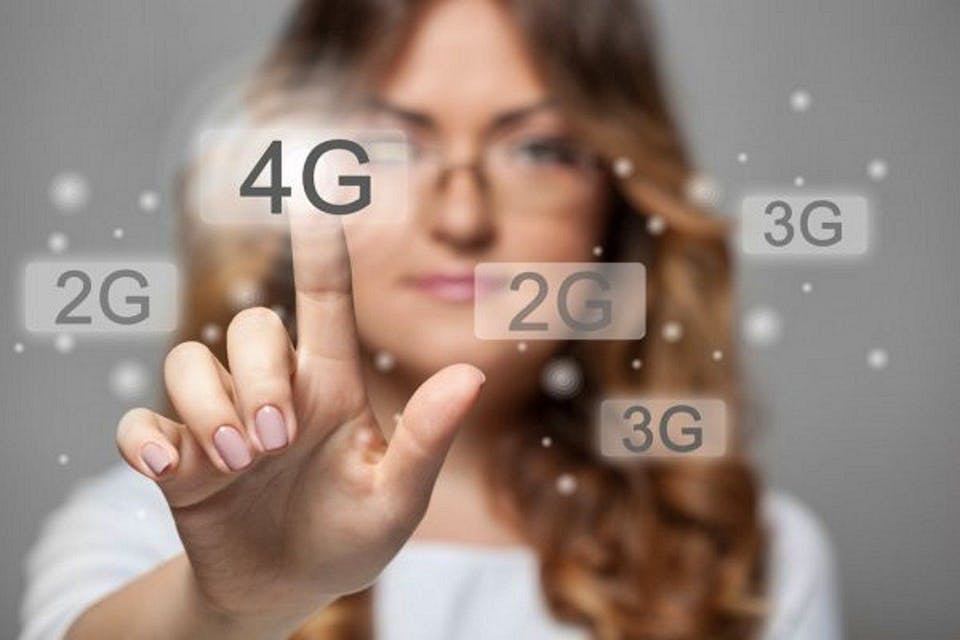
Ofcom 4G auction
4G, also known as LTE or Long Term Evolution, is roughly five times faster than 3G, and works on a different frequency. The frequencies are actually sold at auction by Ofcom, and each network bids for a slice of spectrum pie.
There are three frequency bands, with Three and EE already sharing the middle one (1800MHz), so the bidding process shared out the band at the top (2.6GHz) and the bottom (800MHz).
Vodafone, EE, O2 and Three all bid successfully, although the latter two did not go in for the more widespread, brawny 2.6GHz. BT also stepped in, and has since confirmed it will return to the mobile network industry as a virtual operator using EE.
Benefits of 4G
4G speeds up both downloading and uploading from a mobile-connected device, and this actually means any web activity is quicker. When you open a web page, stream a video clip or check your emails you are downloading information, and with 4G a web page can do this instantly.
Downloading a song takes a few seconds, while a 45-minute album would take less than a minute. Downloading an HD movie can be done in around 5 minutes, and streaming live TV runs without buffering.
When information is sent the other way, you see similar results; pictures posted onto social media, like Facebook, Twitter and Instagram, are shared in just a few seconds.
4G coverage
4G has been available for a while now, which means it has had time to roll out across the nation. It currently sits at over 99% coverage UK-wide coverage, though this number does vary between each provider.
EE is by the best for coverage. In 2018, it boasted 91% coverage; however, they have since converted their airwaves from 3G to 4G, boosting the total coverage to what is believed to be around 99%.
Three’s network covered 91% back in August 2017, so you can imagine that it’s much higher now. O2 has a combined 3G and 4G coverage of 99%, with 4G alone supposedly sitting at 98%. Finally, Vodafone’s 4G network is said to cover 97% of the UK population.
You may be with or know of various other providers, but they do not have a fraction of the frequency spectrum spoken about at the top. For those providers, they will use one of the main four networks listed above.
Sky Mobile and GiffGaff use O2’s network, iD Mobile shares with Three, while Talkmobile uses Vodaphone
4G phones and devices
All the flagship and top-end releases from major manufacturers come with the built-in capacity to connect to 4G. Companies like Samsung, Apple, Sony and LG build their smartphones in direct competition with one another, and having the best kind of mobile internet coverage accessible from a device would come as standard.
Tablets usually have Wi-Fi connectivity, but not always mobile internet, so if you’re looking to buy one and want 4G then check the model.
Many mid-range phones will also have 4G, as the technology is seeing such a rapid rollout, but the budget phones, like candy bar-style handsets and flip-phones, would not have the connectivity.
The idea of those phones is to have something simple and somewhat disposable, so any advanced technology on the phone is likely to be beyond the requirements of a potential purchaser.
4G+, 4.5G and 5G
EE created a next evolution of 4G called 4G+, which offers speeds of up to 90Mbps. This is something akin to getting fibre-optic broadband on your smart device, and initial availability first went to parts of London. It is now available in many major cities across the nation.
Vodafone is offering 4.5G, or through combining its share of the 2.6GHz and 800MHz bands. This provides speeds up to three times as fast as normal 4G.
5G was the next major step in mobile telecoms tech; in the most connected cities, it provides an unbelievable 1Gbps (1000Mbps).
5G was released in the UK in 2019, albeit slowly and quietly. It wasn’t until a year later in 2020 that the proper rollouts would be starting.
The rollout is still ongoing, and 5G is expected to surpass 4G’s prominence by 2025. EE and Three have also committed to delivering full nationwide 5G by 2028.
By that point, 6G will likely be on its way, with that expected to be made commercially available in 2030
4G deals
A number of online deals will be advertised as ‘4G’, highlighting that both 4G connectivity and a 4G-ready device are part of the offer. If you’re looking to get connected with 4G, then it should be very well signposted.
4G deals can be available as a pay monthly plan, or you could buy a 4G phone outright and then get a 4G SIM Only plan, which makes for a cheaper monthly cost.
